The production process of te mau api parau involves several steps. Here is a general overview of the process:

aluminum sheet produce process
Bauxite Mining: Bauxite is the primary source of aluminum. It is mined from the earth and refined to extract alumina, which is the main raw material for aluminum production.
Alumina Refining: The extracted bauxite is processed to extract alumina through a process called the Bayer process. This involves crushing the bauxite and treating it with caustic soda to dissolve the alumina content. The resulting liquid is filtered to remove impurities, and the remaining alumina is dried.
Aluminum Smelting: The alumina is then sent to an aluminum smelter, where it is dissolved in a molten cryolite electrolyte bath. The smelter operates at extremely high temperatures, typically around 950-980 degrees Celsius. Electrolysis is carried out, using large amounts of electricity, which separates the aluminum from the oxygen in the alumina, resulting in molten aluminum.
Te ti'araa pŭpŭ: The molten aluminum is transferred to a holding furnace to maintain its temperature. From there, it is poured into molds to form ingots or billets, which are solidified blocks of aluminum. These molds can be of various shapes and sizes, depending on the desired final product.
Te huru â te huru: The solidified ingots or billets are then reheated in a furnace and passed through a series of rolling mills. The rolling mills reduce the thickness of the aluminum by continuously passing it between rotating cylinders, gradually shaping it into thinner sheets. The sheets can be rolled multiple times to achieve the desired thickness and surface finish.
Te faaotiraa: After the rolling process, the aluminum sheets may undergo various finishing treatments. This can include annealing, which involves heating the sheets to relieve internal stresses and improve their mechanical properties. Surface treatments such as cleaning, coating, or polishing may also be applied to enhance the appearance or protect the aluminum from corrosion.
Cutting and Packaging: Once the aluminum sheets have been processed and finished, they are cut to specific dimensions based on customer requirements. The sheets are then packaged and prepared for distribution and shipment to various industries and manufacturers that utilize aluminum in their products.
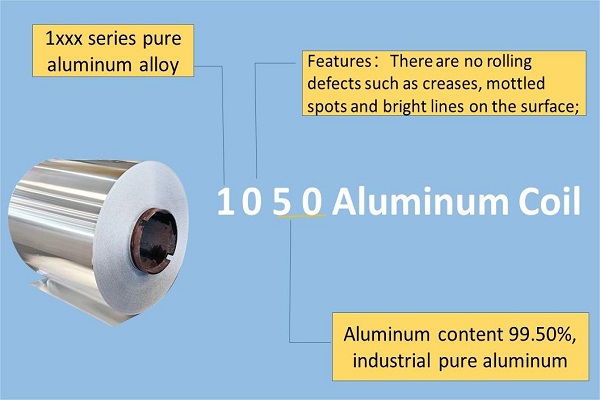
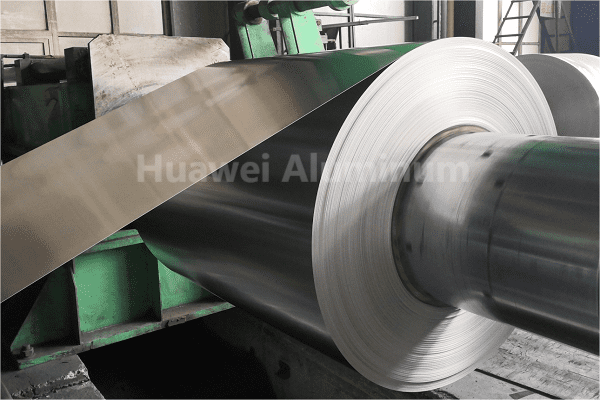
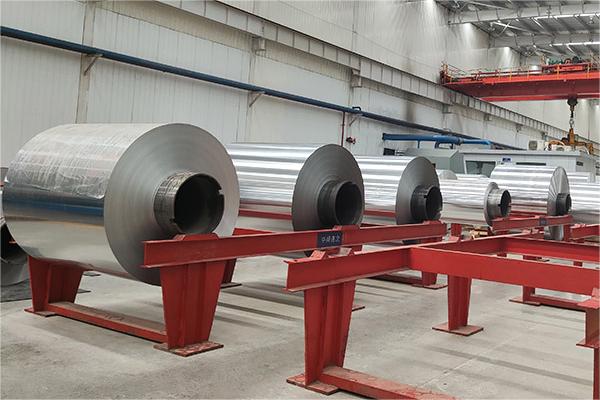
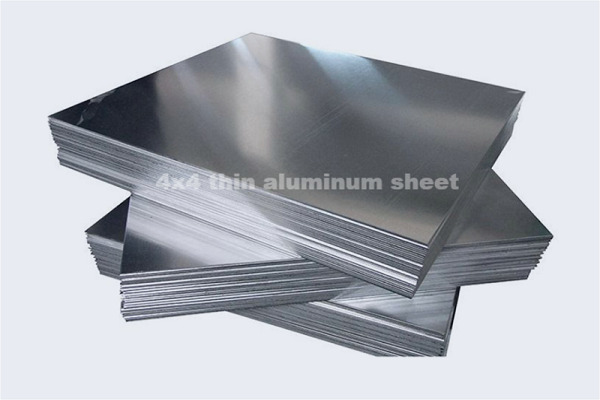
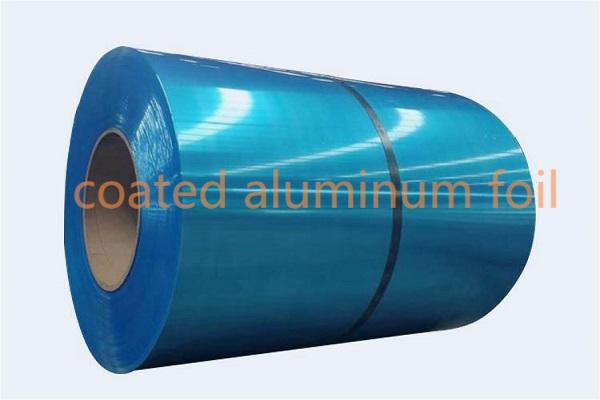
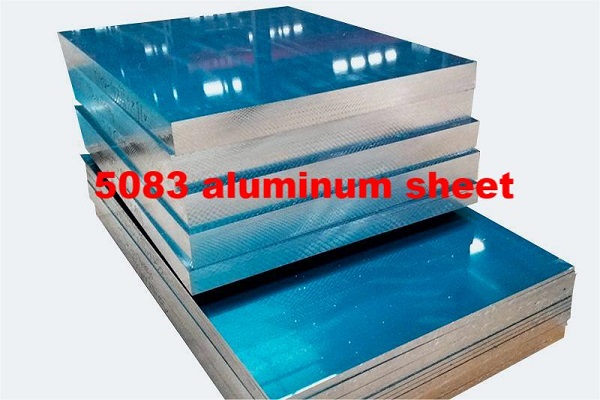



A vaiiho i te hoê pahonoraa